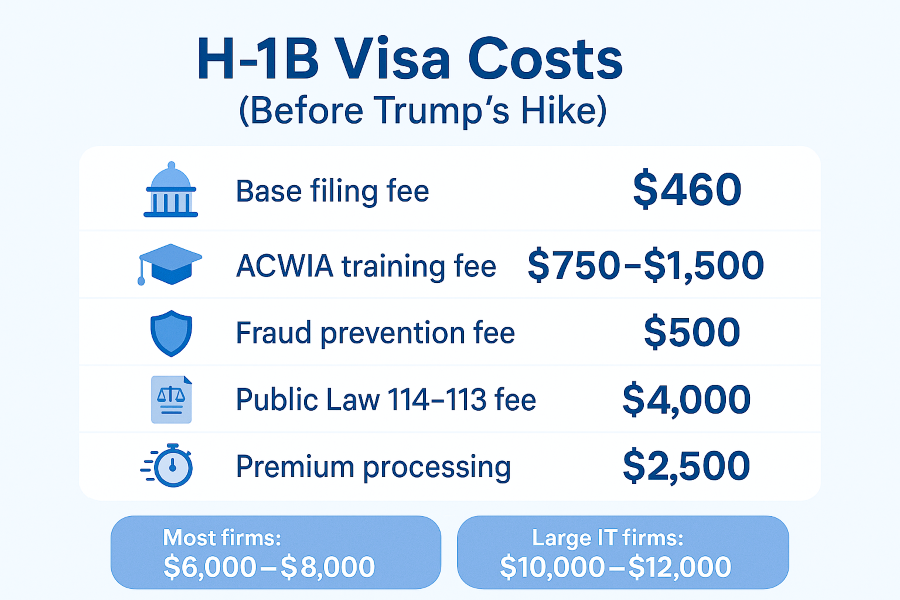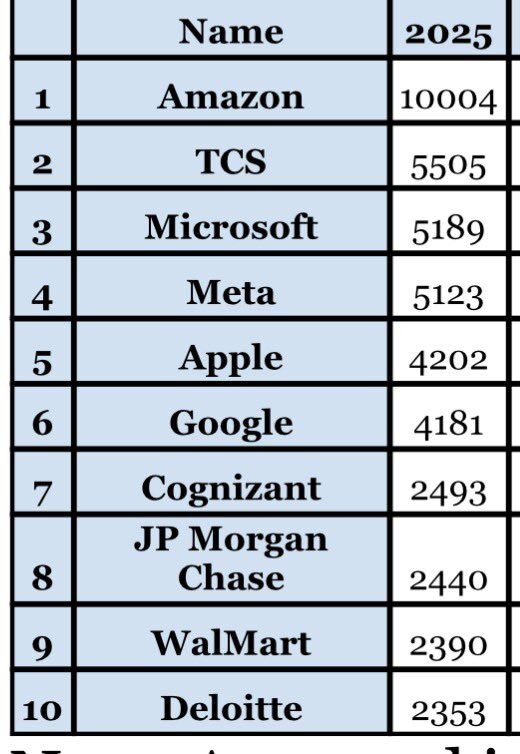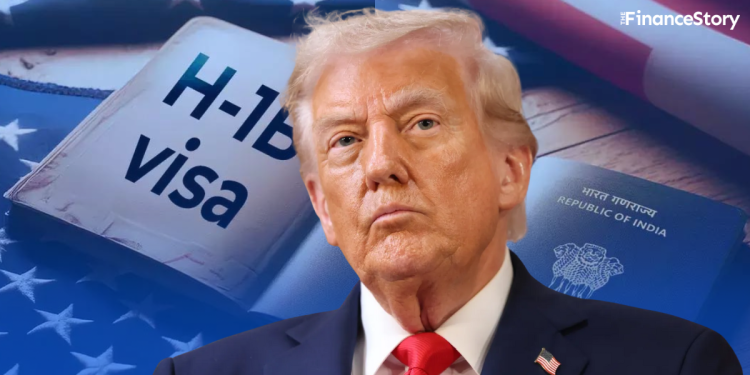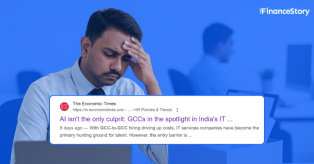- Starting September 21, 2025, each new application for an H-1B visa will carry a jaw-dropping $100,000 fee…That’s a 10x jump overnight!
- The rule applies to “new H-1Bs” and will run for 12 months (unless extended).
- According to U.S. immigration data, Indian nationals hold more than 70% of active H-1 B visas.

Why Trump is doing this
The White House frames the move as a way to:
- Crack down on “abuse” of the H-1B system, where firms allegedly undercut U.S. wages.
- Push employers to hire fewer but higher-paid, high-skill foreign workers.
- Pressure companies to invest more in U.S. talent pipelines.
Who gets hit the hardest
- Indian IT & consulting firms: Infosys, TCS, Wipro, Cognizant, and Accenture’s India base all rely on H-1Bs to deploy Indian engineers onsite at U.S. client projects.
- Global tech startups: For smaller firms, a $100K visa fee is simply unaffordable.
- Employees in the pipeline: Thousands of Indian tech workers awaiting petitions may see their U.S. dreams stall.
Industry watchers say it’s a direct shot at Indian IT services, which account for the majority of H-1B petitions.

The confusion factor
The rollout sparked immediate panic: Would existing H-1B holders outside the U.S. be blocked? Was the fee recurring?
Within 48 hours, clarifications came in. This Does NOT apply to:
-
Existing H-1B holders already in the U.S.
-
H-1B renewals or extensions
-
H-1B transfers between U.S. employers
-
L-1 or other visa categories
Still, uncertainty remains over how “national interest” exemptions will be defined, leaving companies scrambling.
Also read: Don’t hire Indians: Trump to make America Great Again with AI jobs
What this means for business
- Paradoxically, this could accelerate offshoring, nearshoring, and flexible global delivery. Expect Indian IT majors to accelerate nearshoring in Canada, Mexico, and Eastern Europe.
- Global Capability Centers (GCCs) in India, MENA, and Asia-Pacific stand to benefit as companies shift budgets from visas to offshore setups.
- Visa strategy pivots: Firms may double down on L-1 intra-company transfer visas, which aren’t covered by the fee.
- Client delivery risks: Projects depending on onshore presence could be delayed or repriced.
- Talent shift: Rising demand for U.S. local hires — but the talent pool may not be ready to fill the gap.
Wrapping up…
Mohandas Pai, ex-CFO of Infosys, predicts this fee will dampen H-1B applications and push companies to increase offshore operations.
NASSCOM warns it could disrupt Indian IT operations, particularly onshore projects in the U.S.
Indian Government: The Ministry of External Affairs raised concerns about the humanitarian impact on Indian professionals and families.
FAQs
What is the H-1B Visa?
- The H-1B visa is a U.S. non-immigrant work visa for “speciality occupations.” That means roles that require specialised knowledge and at least a bachelor’s degree (or equivalent).
- It’s employer-sponsored: a U.S. company must file a petition for the foreign worker.
- The visa is typically granted for up to 3 years initially, with a possibility of extension (often up to 6 years). After that, certain conditions may allow further extensions (especially if the green card / permanent residency process is underway)














